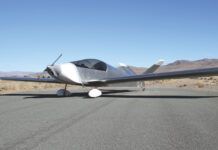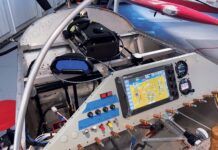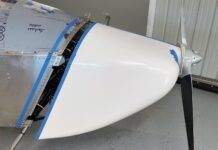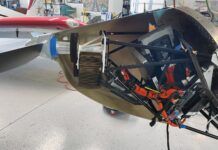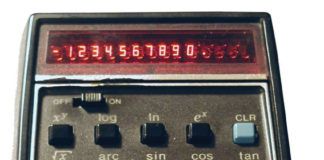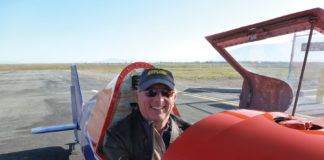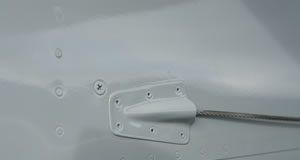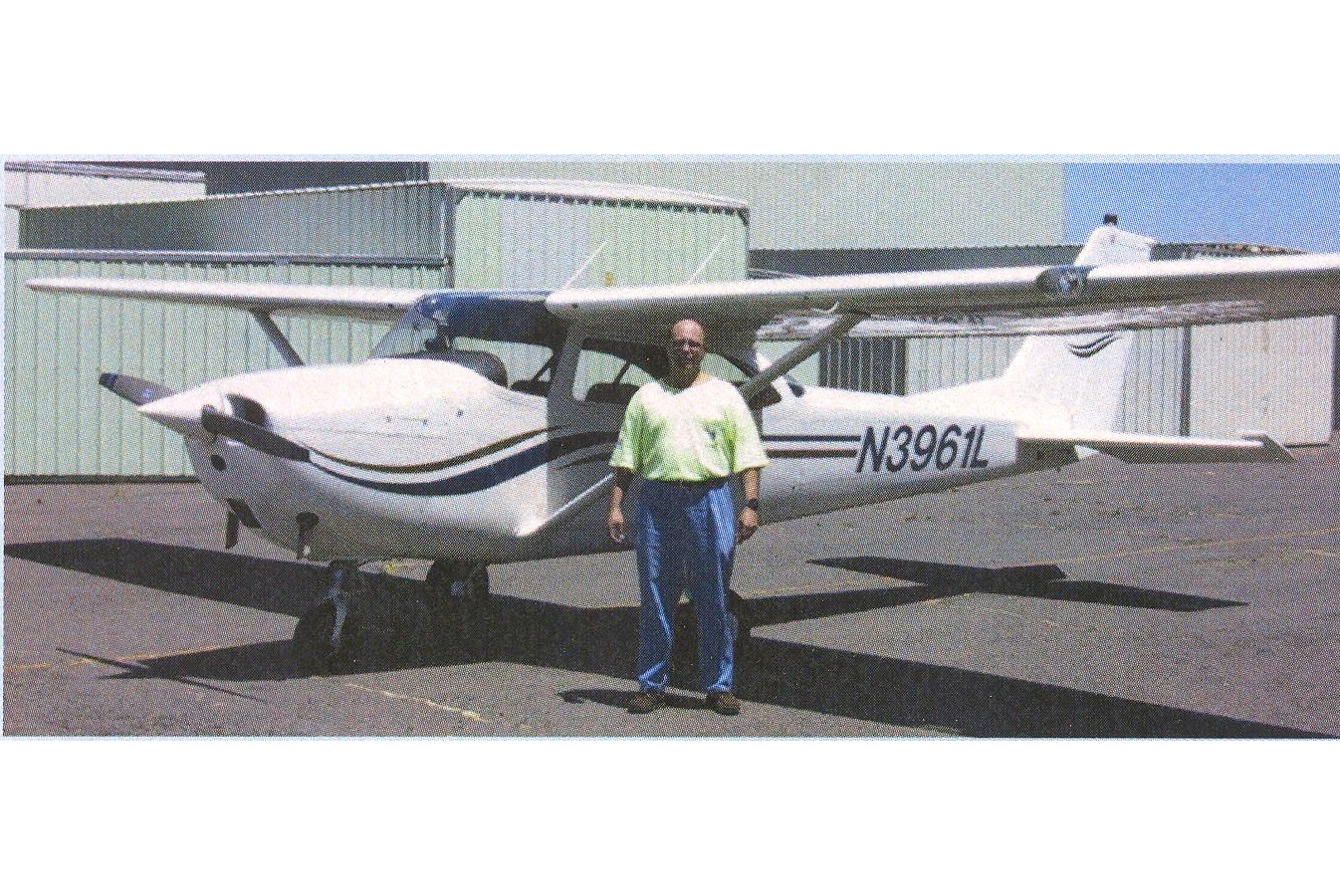
Ron Gremban is an early developer of plug-in electric hybrid (PHEV) automobiles, having converted hundreds of Toyota Prius vehicles to extend their electric-only range and make them even more practical real-world automobiles.
As part of the Electric Aircraft Symposium hosted by the CAFE Foundation in April, he shared some of his concerns about potential safety concerns for another form of EV, electrified aircraft.
He proposed standards for knowing when an electric aircraft motor is “On,” explaining that electric aircraft motors do not turn over when their controller is on “O,” as spectators at the Green Flight Challenge could appreciate. Normal aviation practice is for the pilot to yell “Clear!” and verify that bystanders have indeed cleared the area before the engine is fired up. The noise and visual indications let people know the engine is active, and even that is not always enough to prevent some unfortunate prop strikes each year.
One clever possibility, according to Gremban, is to start the motor in one rpm mode, with the propeller turning as an indicator the motor is on without posing a lethal threat to ground crew or bystanders.
The state of charge (SOC) for a battery is also a concern. As electric aircraft go higher and fly through cooler air, their batteries become “less capable,” Gremban says. As cells reach a low SOC in cold temperature, how do we measure their true state? Is there enough energy left to allow a go-around? How low can the SOC get before causing damage or shortening the battery’s life? How do we determine true charge reserve to allow staying within 30- or 45-minute standards?
He suggests other problems that need common solutions, such as pushing the power system past 100% output in emergencies such as clearing a tree. How will pilots know that systems are working as they should and not giving bad readings because of a low battery?
Even though individuals and manufacturers have reached means of addressing these issues, Gremban thinks it would be helpful if standards and protocols were in place for these and other concerns surrounding this new technology.
He would like to see a non-binding industry consortium come together, much like his nonprofit CalCars program, which developed the first plug-in hybrids.
Gremban can be reached via email at [email protected] or by calling 415/758-7014. If you have serious ideas that would help fellow electrical aviators, he’d like to hear from you.


